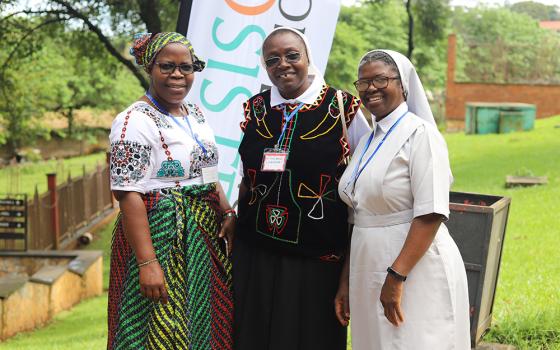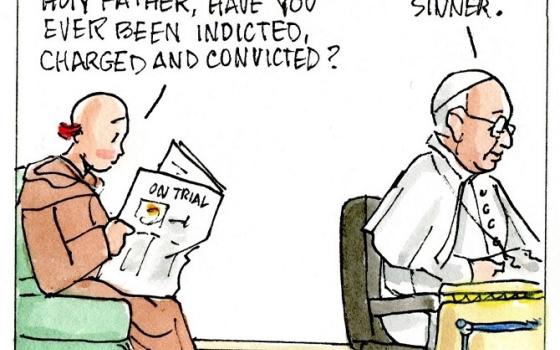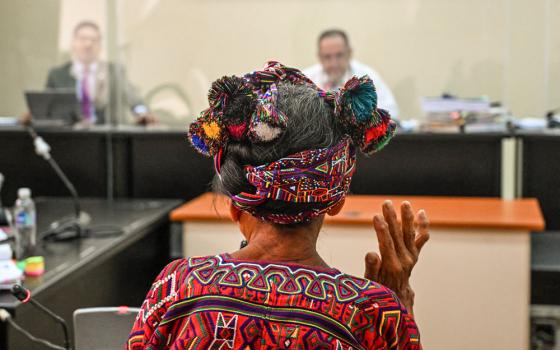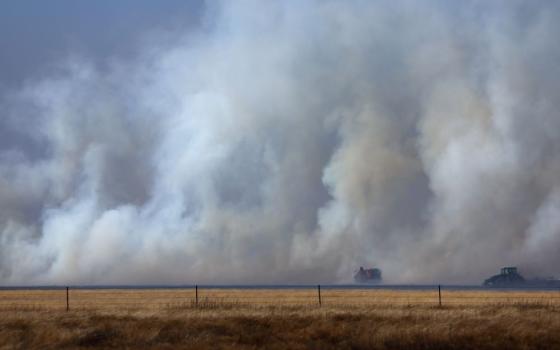The National Congregations Study's latest look at U.S. churches, synagogues and mosques -- the third wave of studies that began in 1998 -- finds more congregations:
- Open their doors to gays and lesbians in active membership and in leadership;
- Show racial and ethnic diversity in the pews;
- Encourage hand-waving, amen-shouting, and dancing in the aisles during worship;
- Disconnect from denominational ties, doctrines and rules that might slow or block change.
The study, released Sept. 11, draws on interviews with leaders at 1,331 nationally representative congregations and updates data from 1998 and 2006 studies.
Duke University sociology professor Mark Chaves, who directed the study, said he was "surprised" by how much the acceptance of gays and lesbians has risen since 2006, the first time the study asked about gay involvement in religious congregational life.
Congregations that "permit full-fledged membership for openly gay or lesbian couples in a committed relationship" climbed to 48 percent in 2012, up from 37 percent in 2006.
Most congregations still draw a line at permitting gays to take leadership positions, though the number of congregations allowing gays in leadership is rising; it stands at 26 percent, up from 18 percent.
Roman Catholic churches, meanwhile, turned more sharply conservative during the years of the study focus. The percentage of Catholic churches permitting full-fledged membership for gays dropped to 53 percent, down from 74 percent of congregations. And those permitting gays in leadership roles fell to 26 percent from 39 percent.
America editor at large Jesuit Fr. James Martin observed, "During those years, U.S. bishops were much more vocal against gay marriage. It's only been in the last year or two -- since the election of Pope Francis -- that the church has begun opening up on this."
For women, however, there's no statistical progress in the National Congregations Study. Despite a handful of recently named women senior pastors, the percentage of congregations with women in the top post has been locked at roughly 11 percent since 1998.
The margin of error was plus or minus 3 percentage points for most findings for the survey.
Eighty percent of people attending black Protestant congregations reported that people jump, shout or dance during the main service, up from 66 percent in 1998.
And this worship-in-motion trend is increasingly true for people who attend white evangelical conservative or fundamentalist congregations (25 percent, up from 16 percent in the first study).
Other groups -- particularly people who worship at white moderate or liberal churches and Catholics -- still keep to their seats.
However, enthusiastic worship is growing among Catholics in ethnic congregations where the service "has a different cultural flair," Martin said. "You might see something very different at a Hispanic Mass in Los Angeles than on the Upper East Side of Manhattan. It's more a cultural divide than a religious one."



